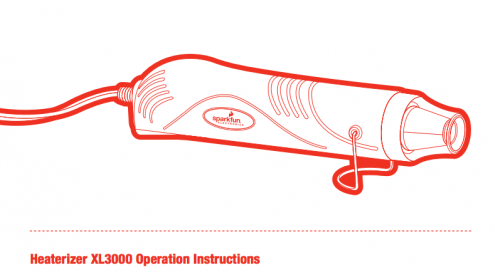Read the full manual. Read the fine manual. Read the flippin' manual.
Whatever explanation you like to use for the popular acronym "RTFM," the point remains -- it's very important to read the manual. For me, this was an idea handed down by my grandfather and one that was (and continues to be) quite counter-intuitive to my personality type.
One of the bikes my grandfather built (Skarke is his last name).
My grandfather is a computer engineer who worked for Hewlett-Packard for many years (before that spending time in the military as a radio operator). He is the very definition of meticulous. Whether he's working on one of his hobbies like live steam locomotives, gunsmithing, photography, archery, building custom road bikes (see above), or just trying to fix something around the house, his degree of planning is truly an art form. I have always been in awe of his ability to sit down and just figure something out. It's remarkable.
Part of this ability stems from his keen desire to just understand things -- which is where reading the manual comes in to play. I will always remember as a kid, when I would get a present that had a manual, he would insist we sit down and go through the manual from cover to cover before even starting to unbox it.
Today, I still have to resist the urge to just start ripping into things as soon as I get them, but reading the manual has proved invaluable over the years.
I had a bit of fun with the Heaterizer manual
A few days back, OpenSource.com posted an article called "RTFM? How to Write a Manual Worth Reading". As one of SparkFun's content producers (and an avid believer in RTFM), this struck a chord with me. It's worth a read if you ever need to write a manual of your own, or just want to get some insight into the thought process behind writing a manual. It'll also give you some appreciation for a really well-written manual -- I know it did for me.








An excellent doc. It tells what the tool can be expected to do, and warns about most of the obvious ways to misuse it. Clear, short, one page or so with fairly large print.
I much appreciate the attitude of 'Supervise the kid, watch and help.', rather than 'It could burn someone. Don't let a kid anywhere near it.'
I'm sure it will offend some, but 'Oh, well. Sigh''
Thanks for the link. Good article.
I bought a Heaterizer not too long ago and the manual was hilarious. :-)
Thanks! It's an oldie but a goodie.
The Heaterizer manual is one of my favorite manuals of all time. I've recommended the Heaterizer to others based purely on the manual.
I bought one for the lab I was working at, to get people to stop using the hot air reflow station for heat-shrinking. It was so popular, we quickly ordered 4 more. I think the manual is still taped to one of the work stations there.
I'm going to print out this comment and put it up on my mom's fridge.
I cannot say this enough... Documentation, documentation, documentation... And... Oh, yeah, documentation.
Being able to convey what a product/process does in an a very laymen way will benefit anyone.